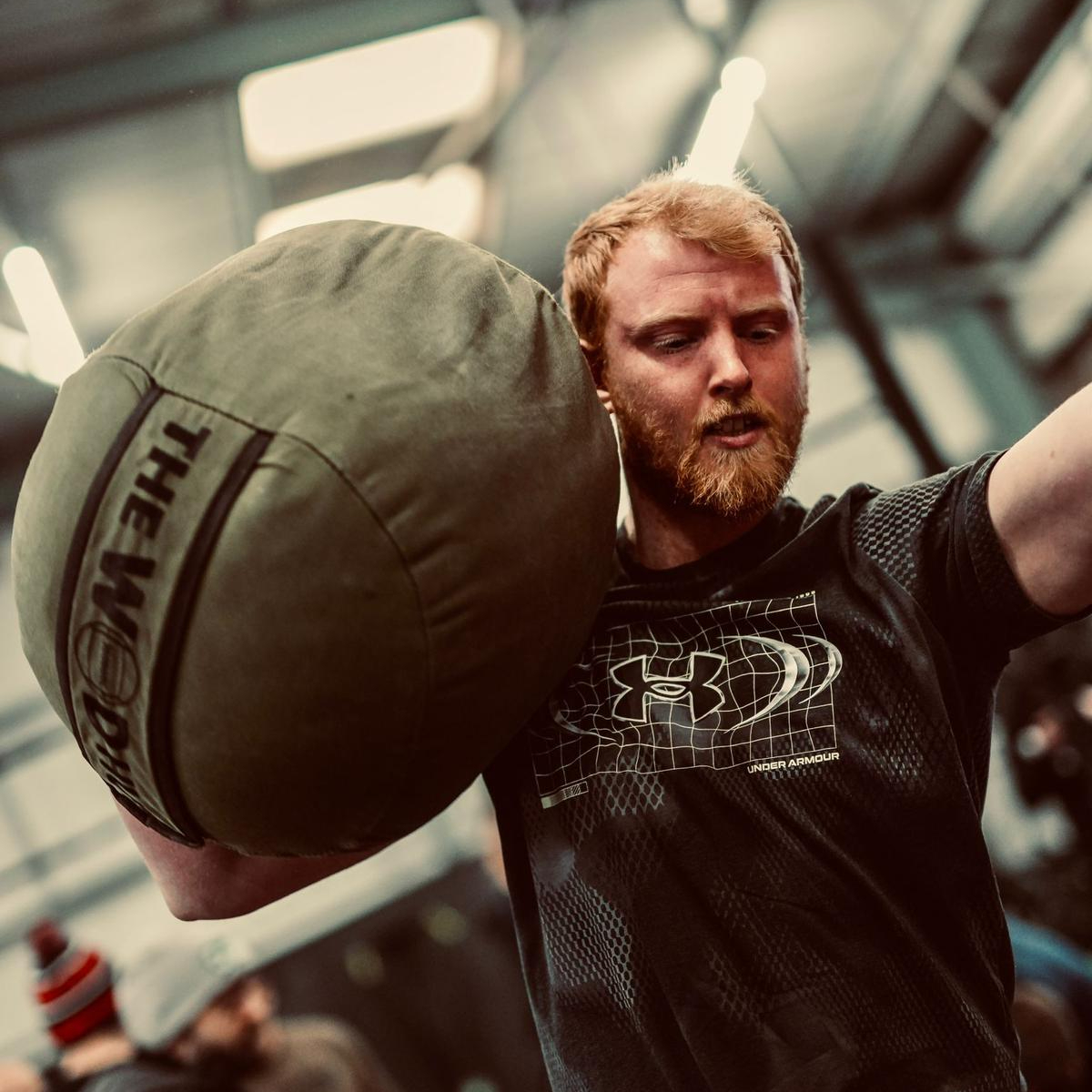‘Walking is one of the most important things we can do for our long-term health’ – trainer shares three of her favorite lunch break walking workouts to try
Increase your activity levels with these walking workouts

Walking is one of the most underrated forms of exercise there is. Sure, you’re unlikely to end up drenched in sweat or gasping for breath, but that’s not a prerequisite of an effective workout.
I’m a big fan of keeping things simple, strapping one of the best fitness trackers to my wrist, and heading out the door (I've walked 10,000 steps a day for a year). But if you want a little more direction, why not try one of these three walking workouts from Balanced Body director of education Joy Puleo?
“Simply put, walking is good for us,” she says. “It helps maintain strong cardiorespiratory fitness and can increase general overall strength, balance, and flexibility. It all adds up and, when consistent, creates the foundation for a healthy lifestyle.”
These three walking workouts are short enough to be done in your lunch break, with each one “designed to add intensity, challenge, and diversity to your walking routine”.

Joy Puleo is a qualified Pilates instructor and the director of education for Pilates equipment and education company Balanced Body. She is responsible for developing its curriculum and educational programming, as well as presenting lectures at conferences and studios across the country.
She is also certified through the NPCP (National Pilates Certification Program) and ACSM (American College of Sports Medicine) and holds a master's degree in applied physiology from Columbia University.
How to do Joy Puleo’s walking workouts
1. Intervals
- Walk for 15 minutes or more at a relaxed pace.
- Every two minutes, up your walking speed or jog lightly for 20-30 seconds, then continue walking at a relaxed pace.
“Vary your speed by walking at a relaxed pace, followed by short intervals where you increase your speed,” instructs Puleo. “This will challenge your cardio threshold and increase general cardiovascular health.”
2. Fitness moments
- Walk for 30 minutes or more.
- Every 15 minutes, perform 15 bodyweight squats and 15 bodyweight lunges, then continue walking.
“Adding squats, lunges and other calisthenics [bodyweight] exercises into your walk is a great way to mix up your routine,” says Puleo. “Adding some lower-body fitness moments will go a long way in developing strength, while also increasing your cardio capacity.”
3. Incline/decline
- Swap your usual walking route for one with more uphill and downhill gradients.
- Puleo suggests this could also involve climbing up or down stairs
“Walking the same route and the same terrain repeatedly will have value, but as the body anticipates and learns your routine the benefits may not be as impactful,” Puleo says.
Get daily insight, inspiration and deals in your inbox
Sign up for breaking news, reviews, opinion, top tech deals, and more.
“Adding inclines and declines will both increase the challenge and change up the routine while keeping the mind in tune with the body and elevating your heart rate. Both incline walking and decline walking will also challenge different muscle groups.”
Benefits of walking
To be clear, a “walking workout” isn’t necessary to reap the many benefits of walking. Upping your daily activity levels in any form will likely represent a step in the right direction for your health.
“The healthiest ‘walking workout’ is simply getting out of your chair and committing to walking three to five times during your work week, and at least one day over the weekend,” Puleo says.
“Consistency is the first and most important workout strategy. Take the pressure off doing it right, too fast or too slow, and just commit to walking and enjoying your time outside.”
If you’re able to make this a habit, you can expect to see a plethora of positive impacts on your mind and body, according to Puleo.
“Walking is by far one of the most important and healthy things we can do for our long-term health,” she says. “It’s been associated with greater longevity, staying active longer, diabetes management, and it has a positive effect on a whole host of other chronic health issues.
“But it’s perhaps the mental benefits that are most important. Walking has been associated with breath regulation, decreased anxiety, decreased depression and an increased overall sense of wellbeing.”
Puleo adds that, while walking alone can improve your health and fitness, she would always encourage variety in your exercise plans to keep things fun and interesting.
“Substituting a day of walking with a nice long bike ride is an excellent option. In addition to a cardiorespiratory-based activity, I would also recommend strength training, or an activity specific to building muscle.
“Strength training is a necessary ingredient for overall health and longevity. Adding the fitness moments described in the second workout above is one way, and doing some weight training at the gym or at home is another. But you can also improve your strength and flexibility, and add a little mindfulness to your routine, with Pilates or yoga.”
You might also like...
- Trying to walk 10,000 steps a day? These three top tips from a walking expert will help you cross the finish line
- The best smartwatch: Top wearables for notifications, fitness tracking & more
- I tried Chris Hemsworth’s Furiosa workout using just a couple of dumbbells, and it was more effective than I expected

Harry is a huge fan of picking things up, putting them down again and writing about it, which uniquely qualifies him for the position of fitness and wearables writer with TechRadar.
He’s an NCTJ-qualified journalist with a degree in English and journalism and several years’ experience covering the health and fitness beat. This has involved writing for the likes of Men’s Health, Women’s Health, Runner’s World, Fit&Well, Live Science and Coach.
Harry is passionate about all things exercise-related, having spent more than a decade experimenting with a wide range of training styles. He's used strength training, bodybuilding, Pilates, powerlifting, gymnastics, rowing, yoga, running, calisthenics, CrossFit and more to build a fit, functional body (and have fun while doing it).
When he’s not writing or training, he can usually be found racing his dog Archie up scenic hills in the south west of England or working to complete his NASM-certified personal trainer qualification.